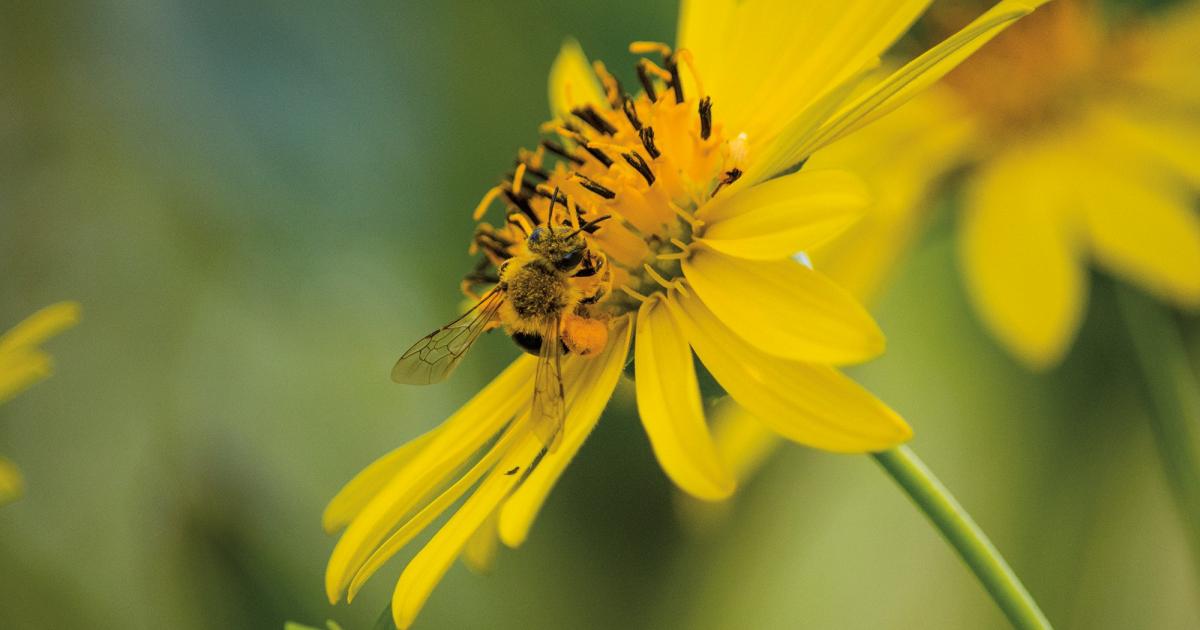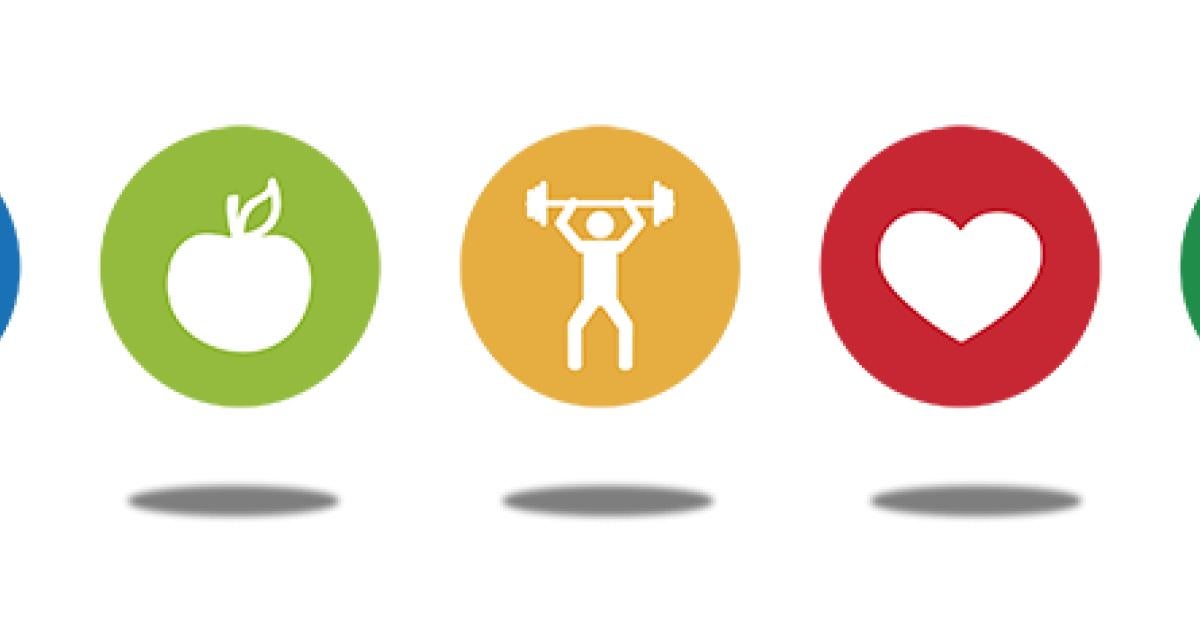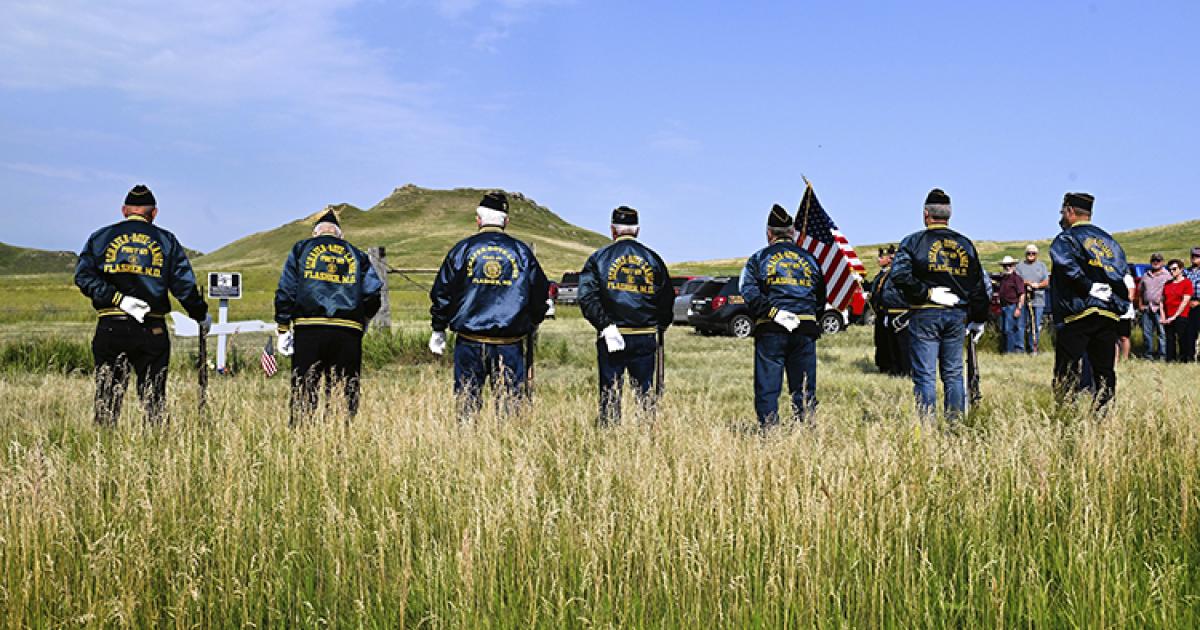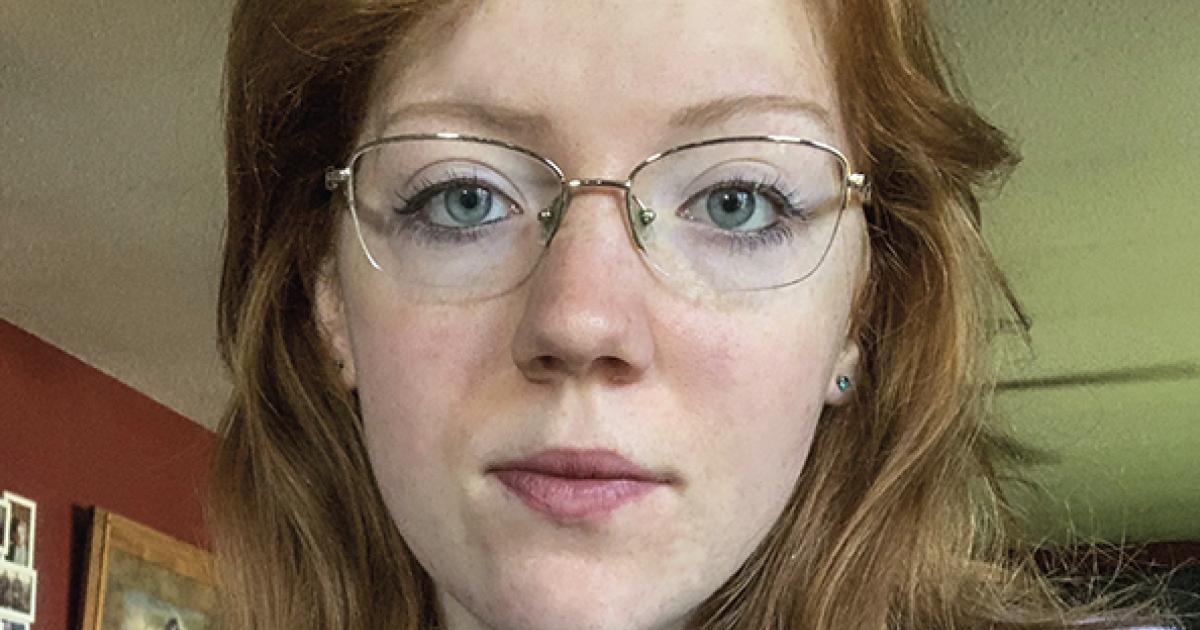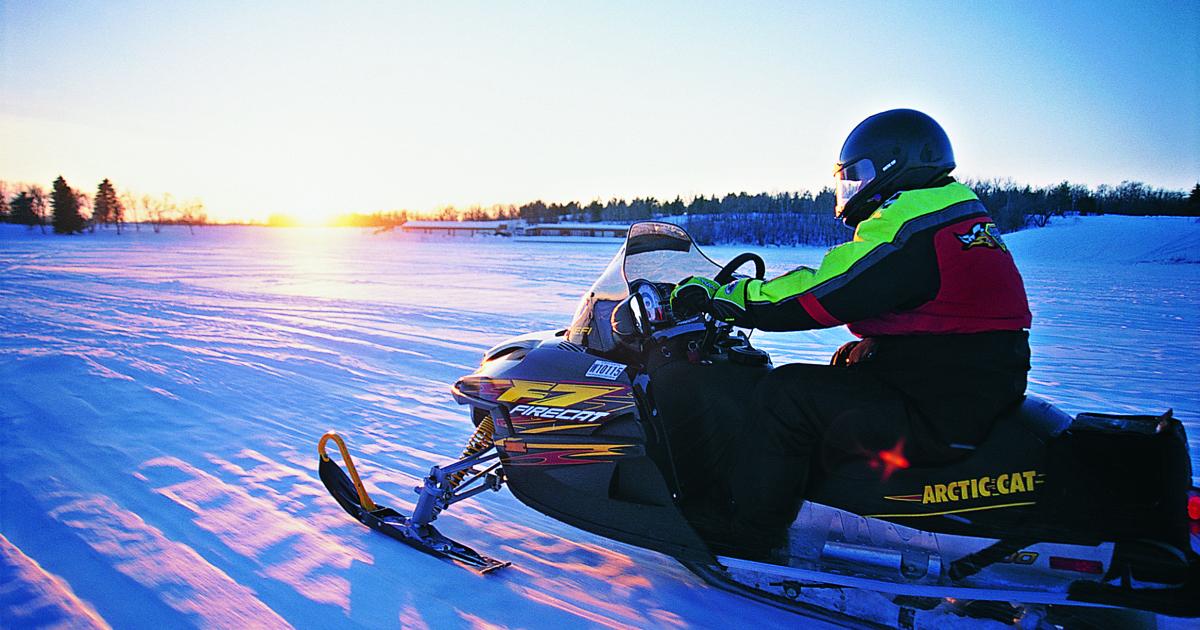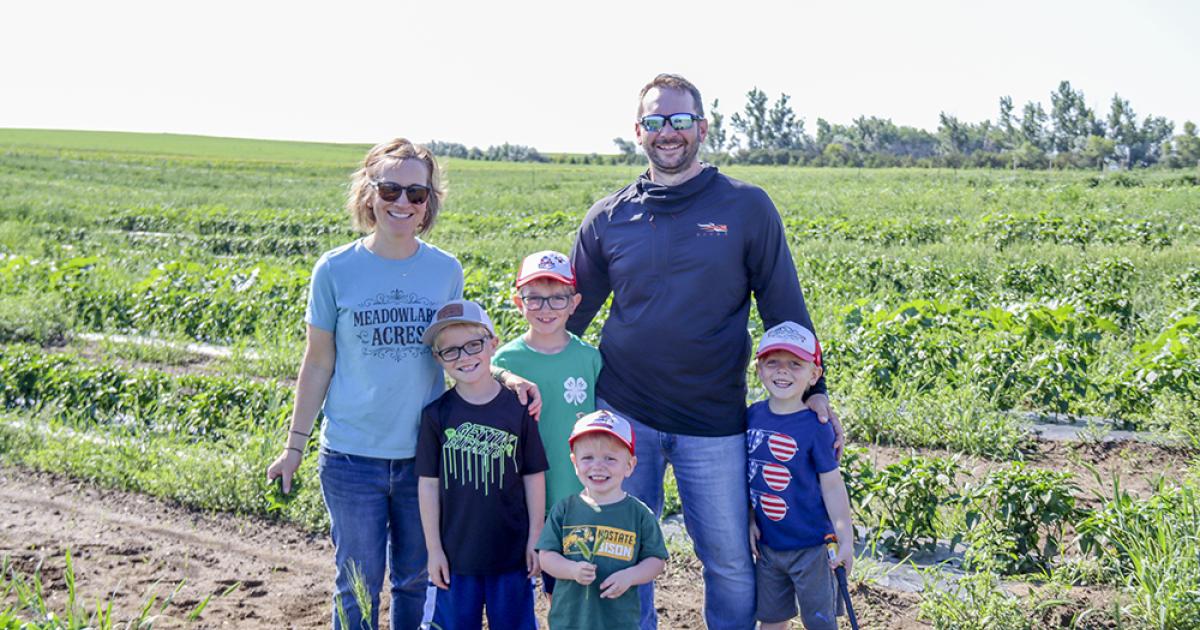The next time you enjoy a meal, remember to thank your local pollinators. That’s right. Bees, bats, butterflies, beetles and other small mammals are responsible for bringing us about one of every three bites of food, according to www.pollinator.org(link is external). Moving from one plant to another, they carry the pollen and other genetic material that help plants to not only grow, but produce stronger, healthier yields.
And since North Dakota is the number one honey-producing state in the nation – producing more than 39 million pounds of honey in 2018 – it’s smart to focus on bee pollination. It helps our state in more ways than one, as the annual honey harvest is valued at more than $74 million.
More importantly, these pollinators help promote an ecosystem we would not survive without.
POLLINATION
Of the 1,400 crop plants grown around the world – those that produce all our food and plant-based industrial products – almost 80 percent require pollination by animals.
Pollination also helps provide more flowering plants, which help clean the air and purify water by preventing erosion through their root systems that hold soil in place. The water cycle also depends on plants to return moisture to the atmosphere.
In many ways, growing a garden that attracts pollinators benefits all of us.
WHERE TO BEGIN?
Gardens should be designed to include a variety of flowering plants; provide a water source, such as a birdbath; and create a suitable habitat or shelter, using rocks and stones, for example, and limiting use of detrimental pesticides.
It’s best to choose plants that flower through the spring and fall to attract a diversity of North Dakota’s native bees. Fill your garden with white, yellow, purple, violet or blue to attract bees. If you want to attract butterflies, add red and pink blooms to the mix.
Try to plant as many native plants as possible, because these plants helped North Dakota bees evolve. Bees will also be able to feast on larger quantities of nectar and pollen, since they will likely be more attracted to them.
These small steps will not only help habitat, but beautify your yard, too. For an extensive list of pollinator plants for each season, visit the NDSU Extension website, www.ag.ndsu.edu(link is external), and search for “Bee-utiful Landscapes,” or contact your local Extension agent.
Clarice L. Kesler is communications manager for the North Dakota Association of Rural Electric Cooperatives and serves on the Brand Strategies Committee for Touchstone Energy Cooperatives. She can be reached at ckesler@ndarec.com.
To make your garden a haven for native pollinators:
▶ Use pollinator friendly plants in your landscape. Shrubs and trees, such as dogwood, blueberry, cherry, plum, willow and poplar, provide pollen and/or nectar in early spring when food is scarce.
▶ Choose a mixture of plants for spring, summer and fall. Different flower colors, shapes and scents will attract a wide variety of pollinators. If you have limited space, plant flowers in containers on a patio, balcony or in window boxes.
▶ Reduce or eliminate pesticide use in your landscape or incorporate plants that attract beneficial insects for pest control. If you use pesticides, use them sparingly and responsibly.
▶ Accept some plant damage on plants meant to provide habitat for butterfly and moth larvae.
▶ Provide clean water for pollinators with a shallow dish, bowl or birdbath with half-submerged stones for perches.
▶ Leave dead tree trunks, also called “snags,” in your landscape for wood-nesting bees and beetles.
▶ Support land conservation in your community by helping create and maintain community gardens and green spaces to ensure pollinators have appropriate habitats.
SOURCE: U.S. Department of Agriculture


